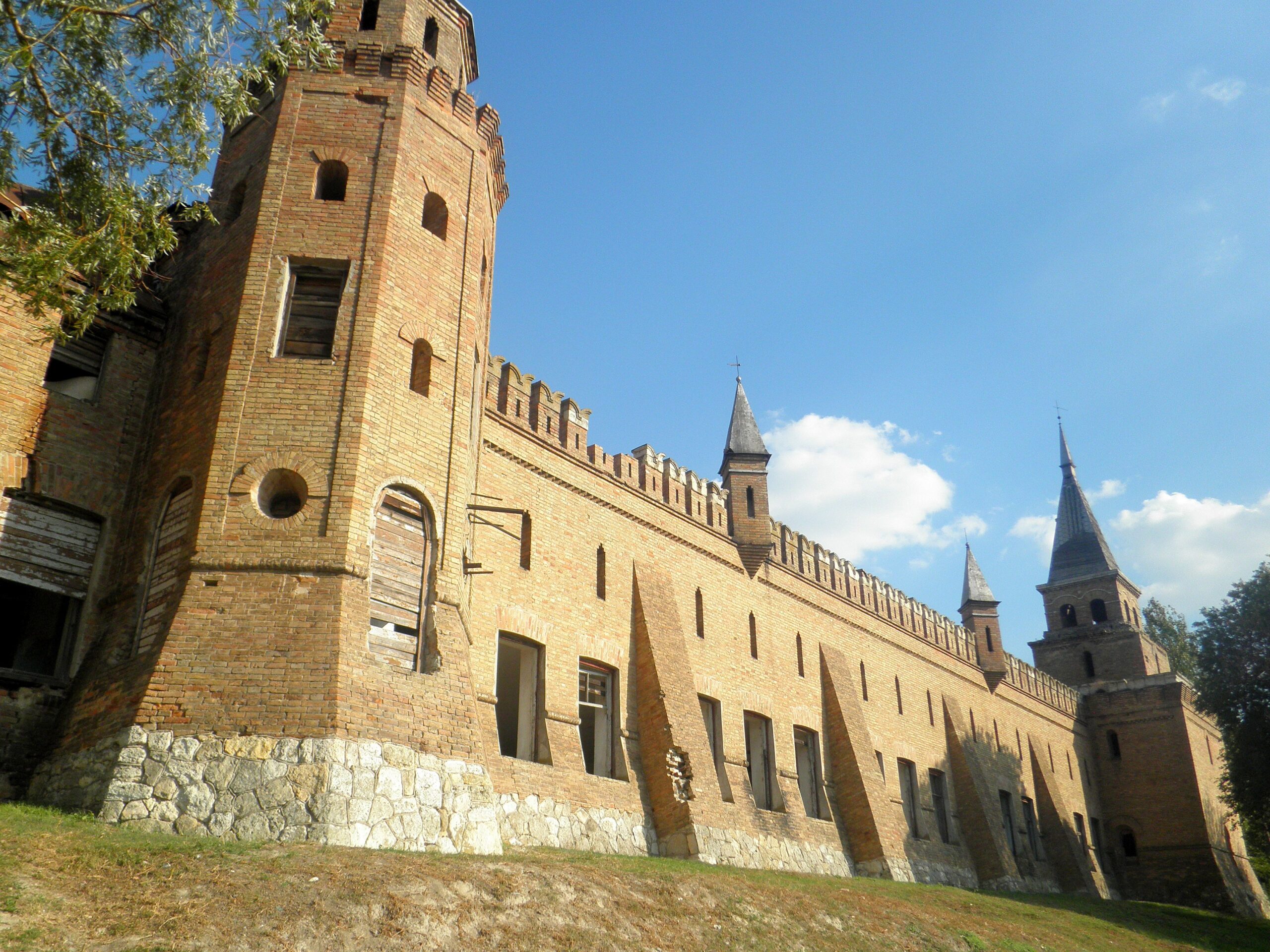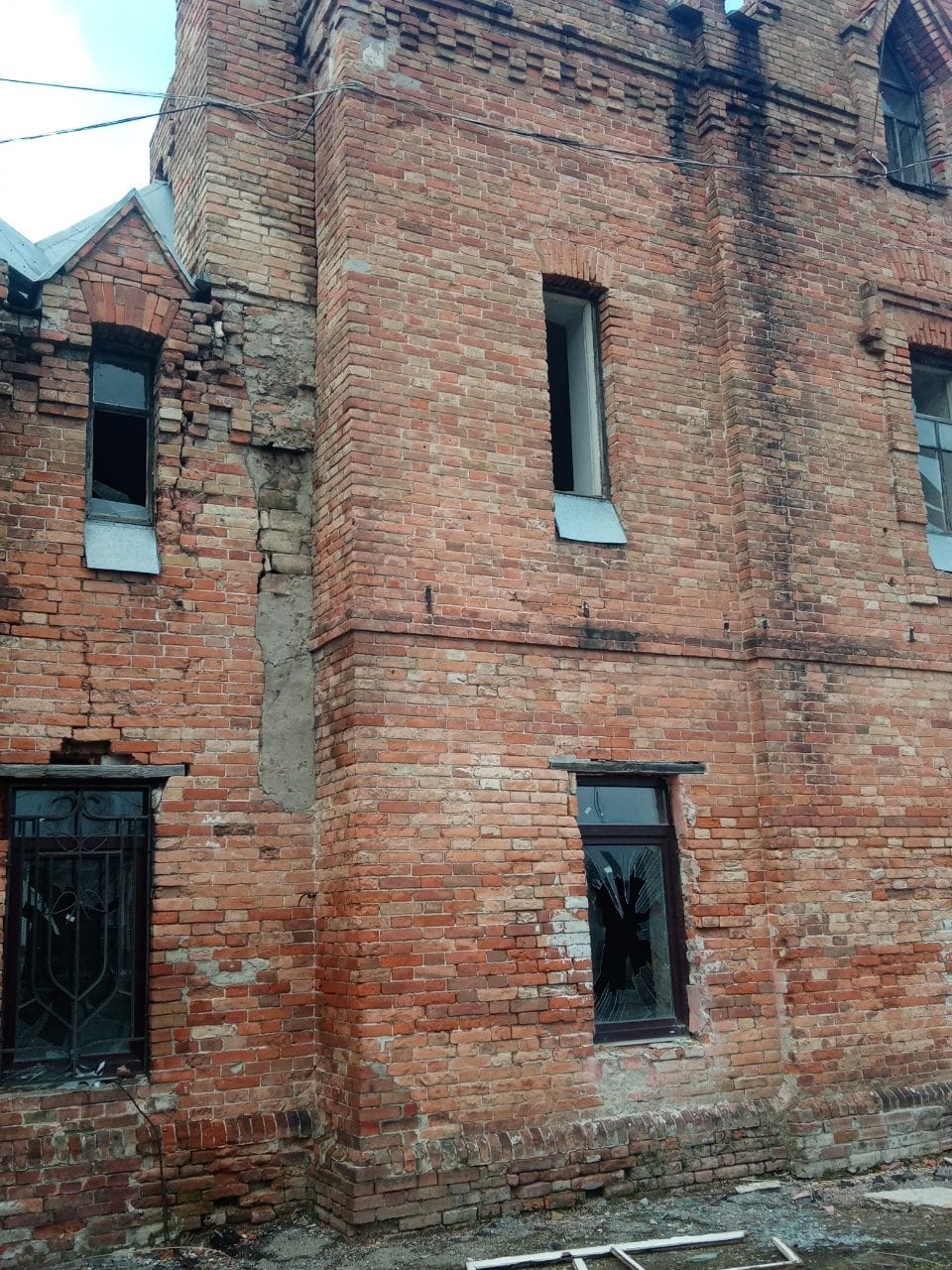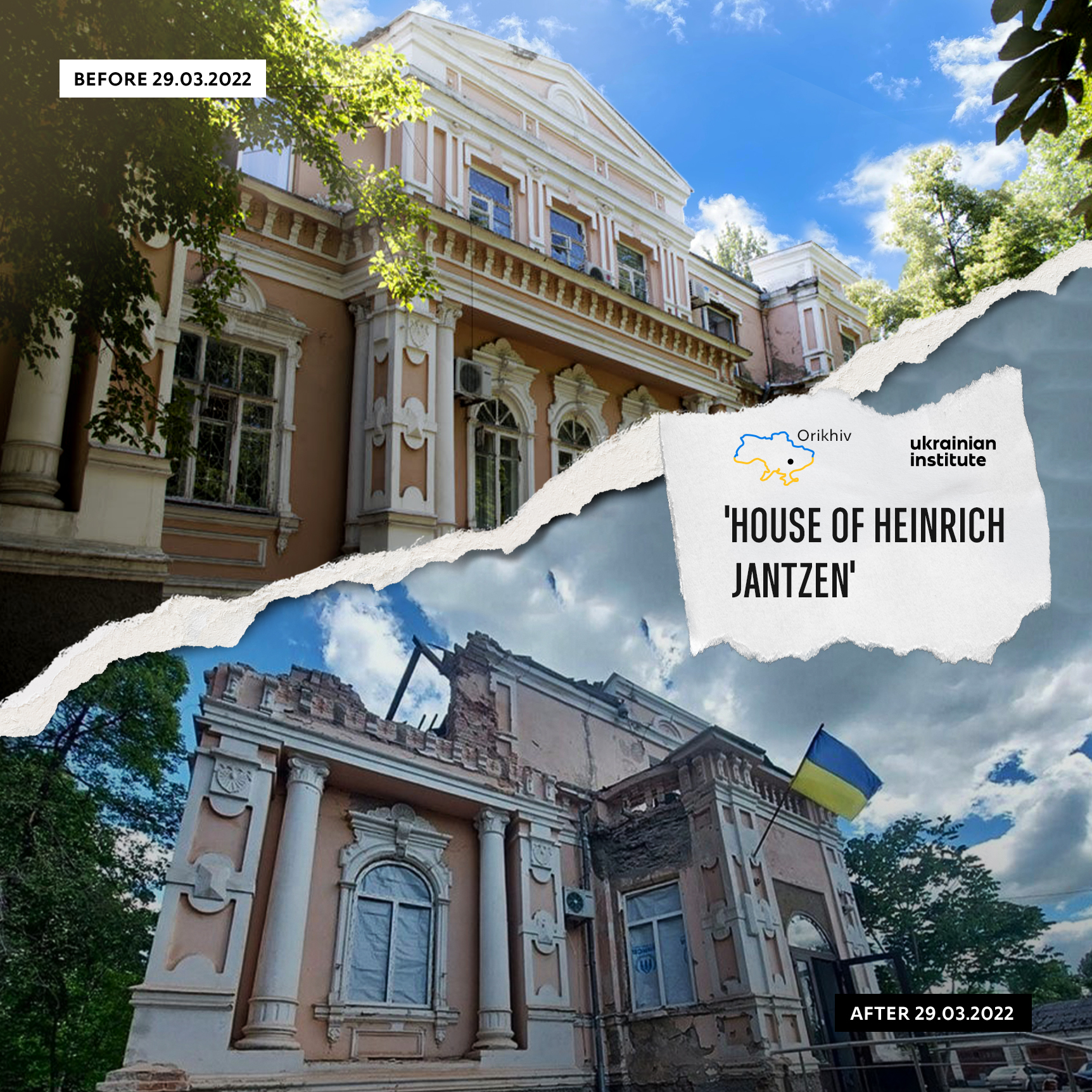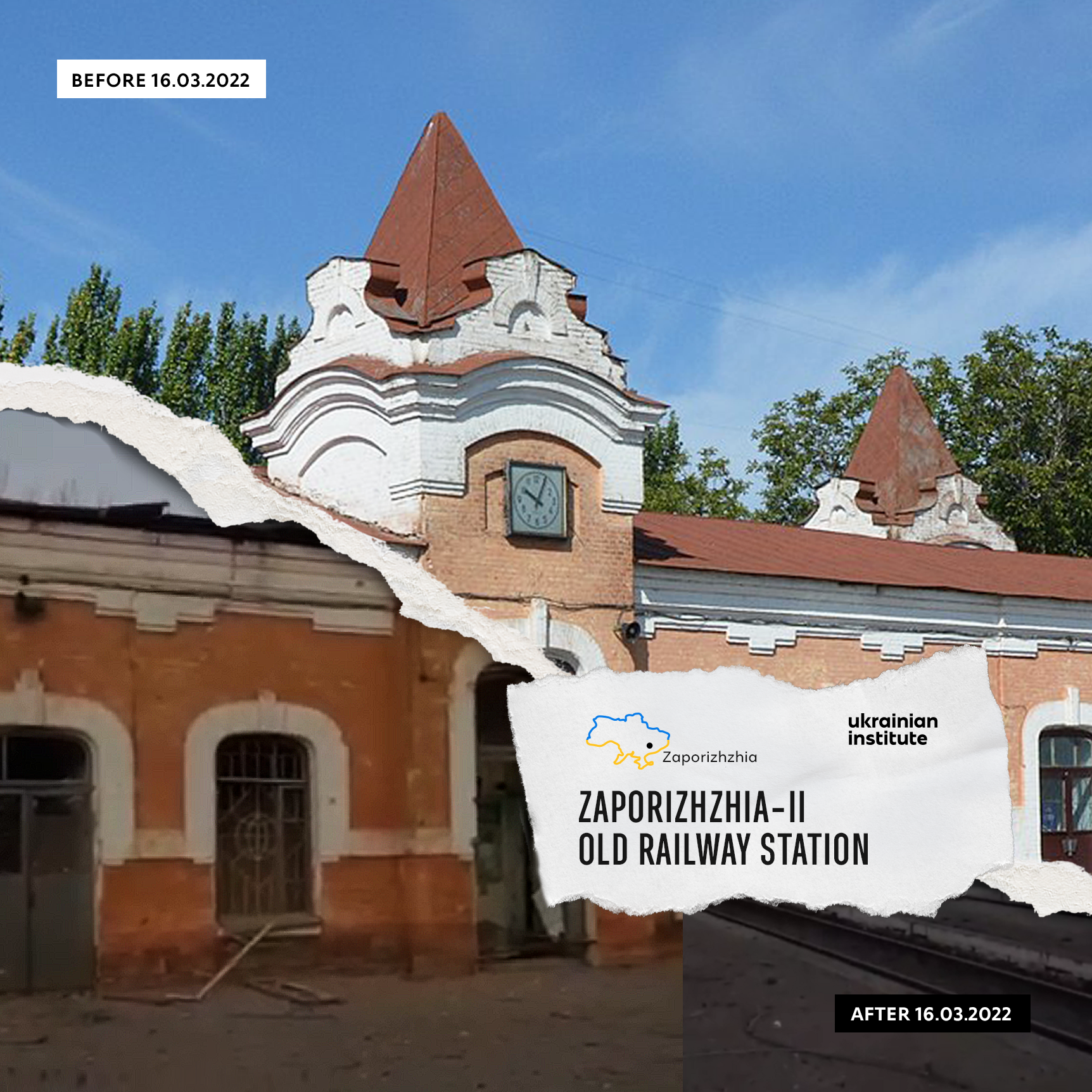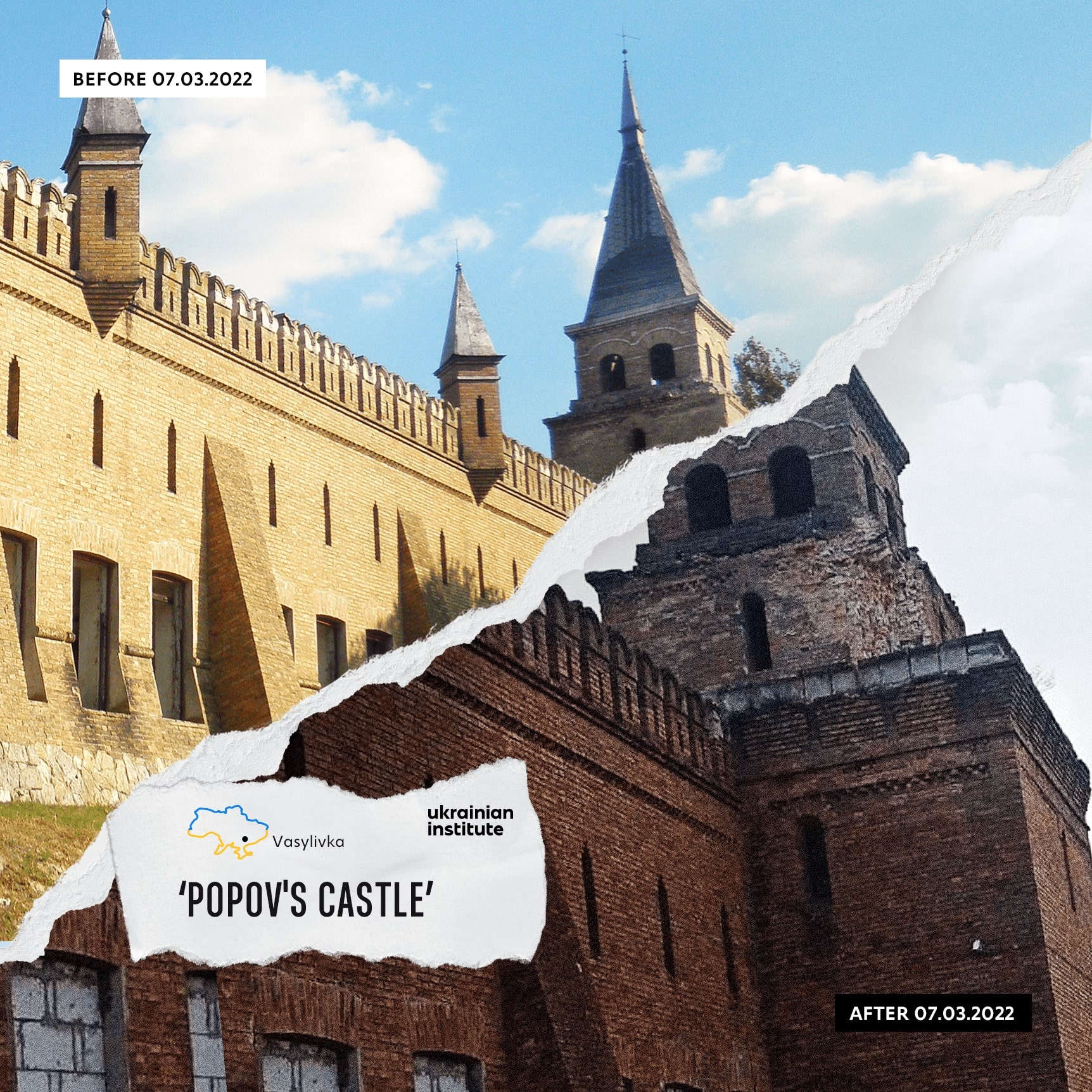
One of the largest noble estates of Southern Ukraine of the late XVIII-XIX centuries.
Popov Manor House is one of the largest aristocratic estates in southern Ukraine of the late 18th and 19th centuries and a landmark of regional history and architecture.
The Russian Empress Catherine II granted these lands to the general Vasily Popov. Today the Ukrainian town of Vasylivka is located here.
The general’s grandson, also Vasily Popov, started the construction of a palace complex on this territory, which was being built for 5 years between 1889 and 1894. Historians still disagree on who the architect was, but the authorship is commonly attributed to Nicholas Benua.
The architecture of the palace and park complex is eclectic, which was quite common in the late 19th century. The horse-stead was built according to architectural canons of the Northern Italian Renaissance. Popov’s estate is one of the two examples of such architecture in Eastern Europe. The complex also includes the Western wing or so-called ‘English Castle’, constructed in the Neo-Gothic style with a multi-level roof, referring to the era of medieval Europe.
The next attractions are the symmetrical North and East outbuildings for guests of honor built in the Neo-Moorish style with elements of Neo-Gothic and an extremely proportional eclectic observation tower. The centre of the complex is a two-storey palace with five towers built in the Neo-Moorish and Neo-Gothic styles of red and yellow brick. In the palace, the Popov family kept their ethnographic collection, and its walls were decorated with the works of such European geniuses as Titian, Goya, Rembrandt.
In the Soviet times, the buildings of the complex were used for a variety of purposes: as premises for educational, administrative institutions, as housing, hospital, museum and military headquarters. The palace itself was dismantled in the 1950s, and its bricks were used to build a communist party administration.
On March 7 of 2022 during the shelling, the Russian military damaged the walls of the horse-stead and other buildings. The Local Lore Museum, located in the complex, was looted by the occupiers.
Whatever stored the memories may now become a memory itself.

